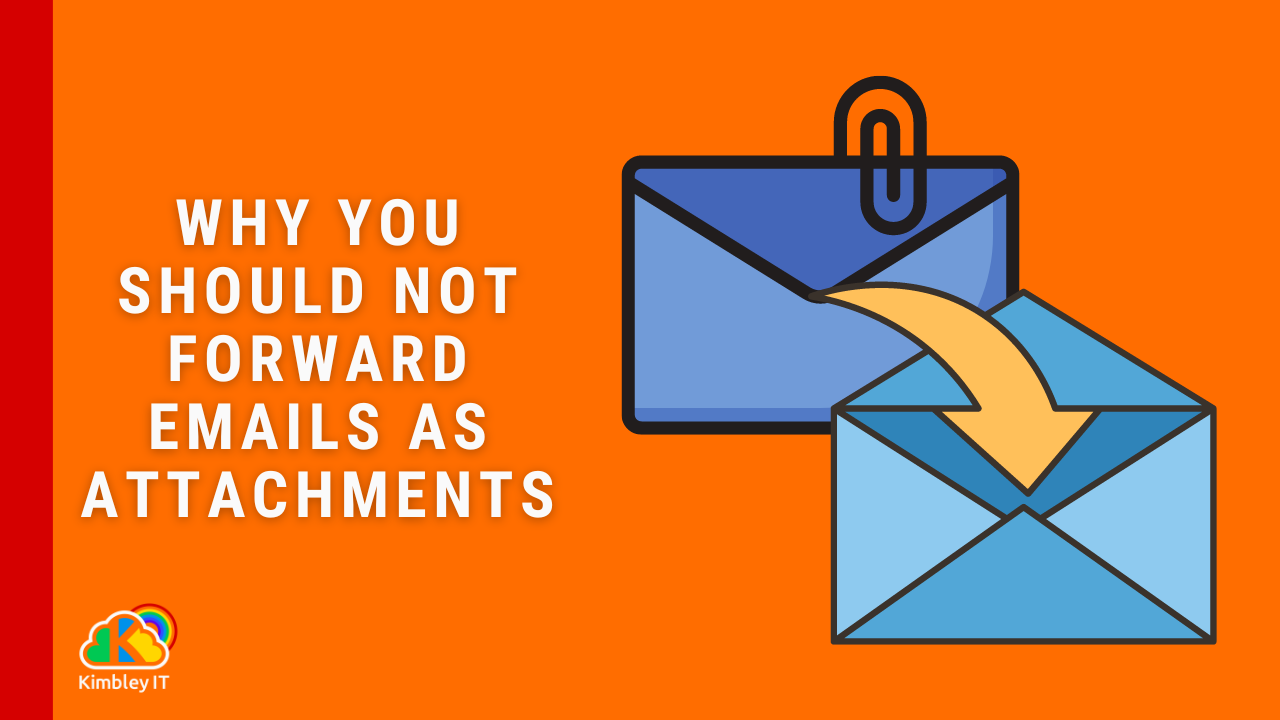Why you should not forward emails as attachments
Have you ever received an email from a contact with a .eml attachment that you could not open? Or perhaps you've had a client get in touch to say that they can’t open your emails? If so, Outlook is letting you down with its strange forwarding system.
What causes the problem?
Ultimately the EML attachment problem is caused by the way Outlook users forward emails rather than being caused by some virus or software bug. For most email clients (including Outlook), forwarding a message sends a copy of the message, including any comments or annotations you make, to your intended recipient. And although Outlook can handle mail this way, it also offers the option to forward messages as an attachment to a new email.
How do my emails end up forwarded as EML attachments?
There are two ways by which emails may be forwarded as attachments:
Right-click a message in your email inbox and select More Actions -> Forward as Attachment.
Start writing a new email and then drag and drop an email into the compose window of the new email.
Although these are both legitimate ways to forward an email to other Outlook users, other email clients may not be able open the attached email.
What is the correct way to forward emails?
The solution is to forward email using the built-in forward function. Open the message that needs to be forwarded and click the Forward button:
Some benefits of forwarding emails correctly.
There are several benefits of forwarding email correctly - here are a few.
Emails forwarded correctly are easier to read (especially on mobile) as no file needs to be downloaded before the forwarded email can be read.
When your contact receives an unknown .eml attachment, they may be unsure of what you have sent and assume you are sending viruses.
Easily identify which emails you have forwarded. Most email clients put an arrow icon next to forwarded emails, but not if you attach the email.
Forwarding emails correctly allows you and recipients to easily retain the context of the overall conversation.
Don't make your recipient jump through hoops to read your email.


